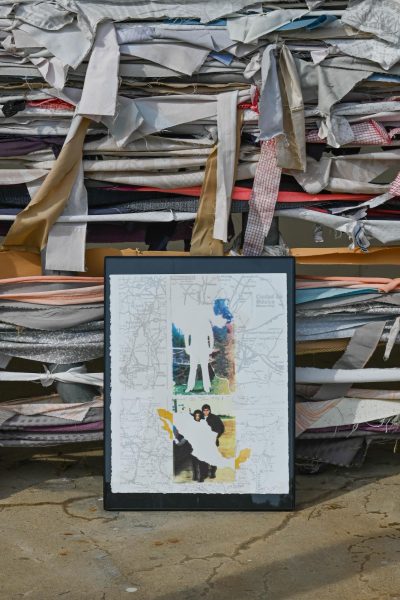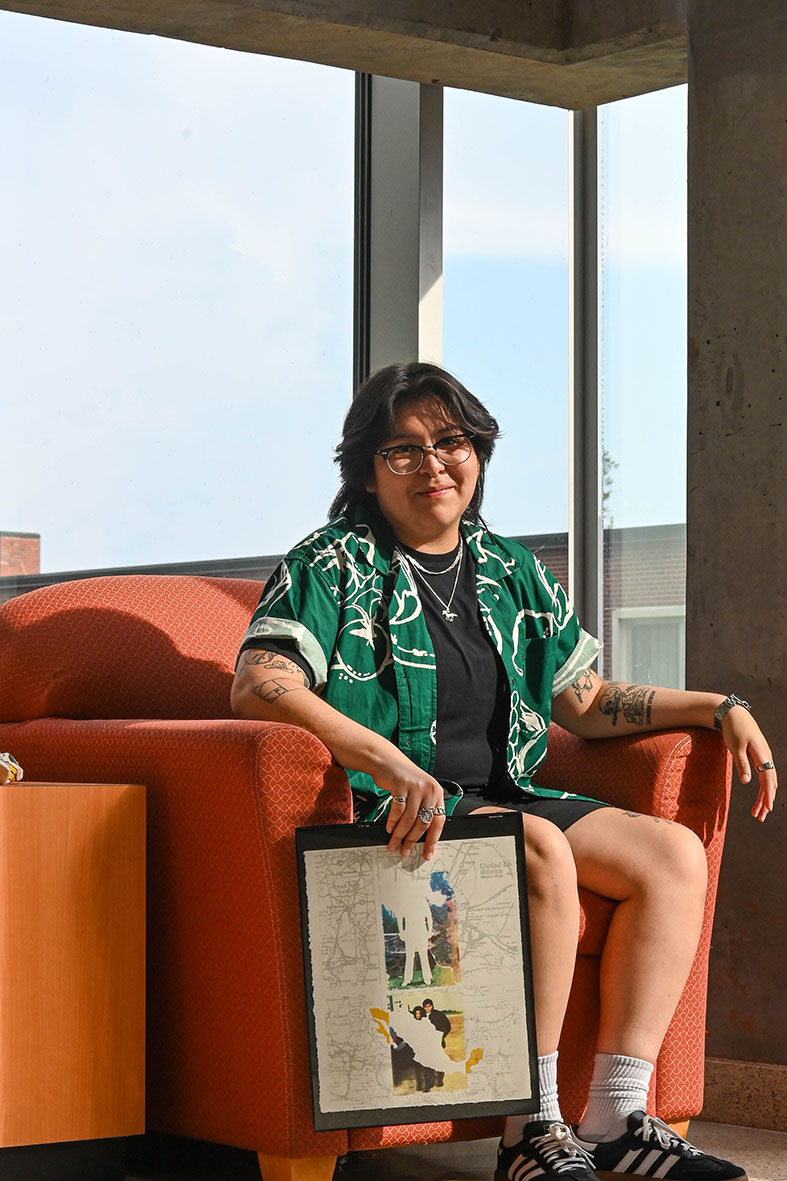Coming into App State as a first-generation student, Karol Perez noticed things were different at a predominately white institution. With her family not around, Perez experienced fewer Hispanic gatherings, spoke Spanish less and the food options were limited. She described it as “not being where I was.”
When confronted with the changes, she realized she was different from her peers in a cultural sense.
“I’m different from the rest of the people,” Perez said.
However, it wasn’t just in the experiences. It was also in what was reflected, or not reflected, in education.
Many are familiar with key history lessons taught during K-12 such as the American Revolution, the World Wars, the Civil Rights Movement and more. However, a 2023 study from Johns Hopkins University and UnidosUS revealed that in high school curricula, “87% of key topics in Latino history were either not covered in the evaluated books or mentioned in five or fewer sentences,” according to a release about the study.
This means that most who go through the K-12 system will not fully learn the history of the U.S.’s largest minority ethnic group, including those who are a part of it.
Perez was always taught by her parents that their Mexican culture was important. As a graphic design major, Perez started leaning into her culture as a designer when she realized it’s not something she saw often in her field and not something that was taught as much as other academic topics in K-12 education.

“In the graphic design field I don’t know any Mexican designers and also just the whole American education system not teaching history of other cultures, just not having that option,” Perez said. “So I was like, I’m gonna learn about myself.”
It all started with a junior capstone project in which Perez created a book titled “Mexico Lindo y Querido: I Long for a Place I Never Been too.” With this book, Perez retold Mexican history through her own knowledge and lens with visuals and text, noting the lack of it being taught in school, with sayings such as “I DON’T KNOW ANY MEXICAN HISTORY FROM THE 21ST CENTURY” and “ISN’T THAT A SAD THING?”
“So that was the jumping point of it,” Perez said. “I think that was the sort of like ‘I think I need to know my culture more.’”
Perez took the class Latin American Art and Visual Culture with Assistant Professor Lorraine Affourtit in the Department of Art. Perez described it as an entryway for learning more about their culture, and said she finally found people who look like her in textbooks.
“We’re taught about the American Revolution and stuff, but I’m like, that doesn’t reflect who I am,” Perez said.
Since being at App State, Affourtit said she’s noticed there aren’t many classes related to Latin American cultures as a whole, noting there are Spanish classes that touch on culture in terms of literature or film, but “only in the context of language study.”
“The cultural history and appreciation of Hispanic and Latinx and Latin American cultures I think is definitely really missing,” Affourtit said.
As an art history minor, Perez wanted to learn more about Mexican-American art and have the chance to share it with others. She is working on an independent study to make a book where she explores Chicano screen print posters from the Chicano Movements of the 1970s.
“People who look like me did this and I’m doing it the same,” Perez said.
Perez’s work has been featured in the Schaefer Center for the Performing Arts and said the feedback was “really great.”
Affourtit noted how there may not be many professors across different departments and colleges that have a focus in Latin American culture, meaning other students like Perez who wish to learn more may not always have someone in their department they can go to.
“For my department I’m kind of that person,” Affourtit said.
As Perez bridges the gap between the lack of history and their culture through art, others have found different ways to close the gaps intergenerationally.
Hellem Stamm is the digital communications and student-intern coordinator for the Immigrant Justice Coalition and was born in Venezuela.
As someone who moved to North Carolina as a child, Stamm said she was not taught history related to other Latino cultures before college and doesn’t recall Latin American geography being taught either.
“It’s something that really boggles my mind but also just hurts my heart,” Stamm said. “I don’t know a lot of history of just Latin America in general but also like, I’m from Venezuela, like I’m from there, and I know very, very little.”
Although she is bilingual, Stamm took Spanish classes in K-12 to learn how to write better in the language, yet the topics of Latin American history weren’t taught to her in those classes either.
“There’s so much that I don’t know and I wish I did,” Stamm said.
She said as an adult, she enjoys researching and reading articles about her culture.
Recently, Stamm took a 23andMe ancestry test and found that she had over 16% of Venezuelan indigenous blood, but is unable to find out from what indigenous groups. She said that although 23andMe tries to narrow it to a region, she is unfamiliar with the history behind them.
“Latin American history is just something that I don’t ever remember being taught in the 12 years of school,” Stamm said.
Stamm has two children, ages 6 and 3, and she recently pulled her eldest out of school to homeschool him. His homeschool curriculum has a focus on learning things from around the world, including literature, math, science and history. Each week, there will be a focus on a different country and culture, and Stamm said one of the countries she will be teaching her children about is Venezuela.
“We regularly talk about differences of the countries,” Stamm said. “I talked about my childhood when I was in Venezuela.”
Additionally, Stamm said her children learn about their Venezuelan roots through their great-grandmother, who has lived in Venezuela her whole life. She said her children hear stories about their great-grandmother’s childhood and facts about Venezuela through her.
Stamm said she speaks Spanish in her home with her kids and she makes them traditional Venezuelan dishes such as arepas.
In regards to homeschooling, Stamm said she hopes to make sure the curriculum is secular and isn’t “white-washed history.”
Due to her children’s young age, Stamm will explain history and their culture in ways they can understand.
“My hope is that over time we’ll include more and go more in depth of culture history wise,” Stamm said. “But I do feel like within Venezuela specifically, it’s a subject that we talk about pretty often at home.”
In an effort to bring more Latin cultures into education for current students like Perez and future generations of students, people like Affourtit have worked on initiatives to bring it to places like App State.
Since Spring 2023, faculty members have worked to bring a Latin American Studies minor to the university, something she hopes will one day become a major as well.
Additionally, Affourtit believes students need to see more reflection in themselves in the faculty who are teaching the subjects and hopes to see more of it in the future.
Para leer en español haz clic aquí.


